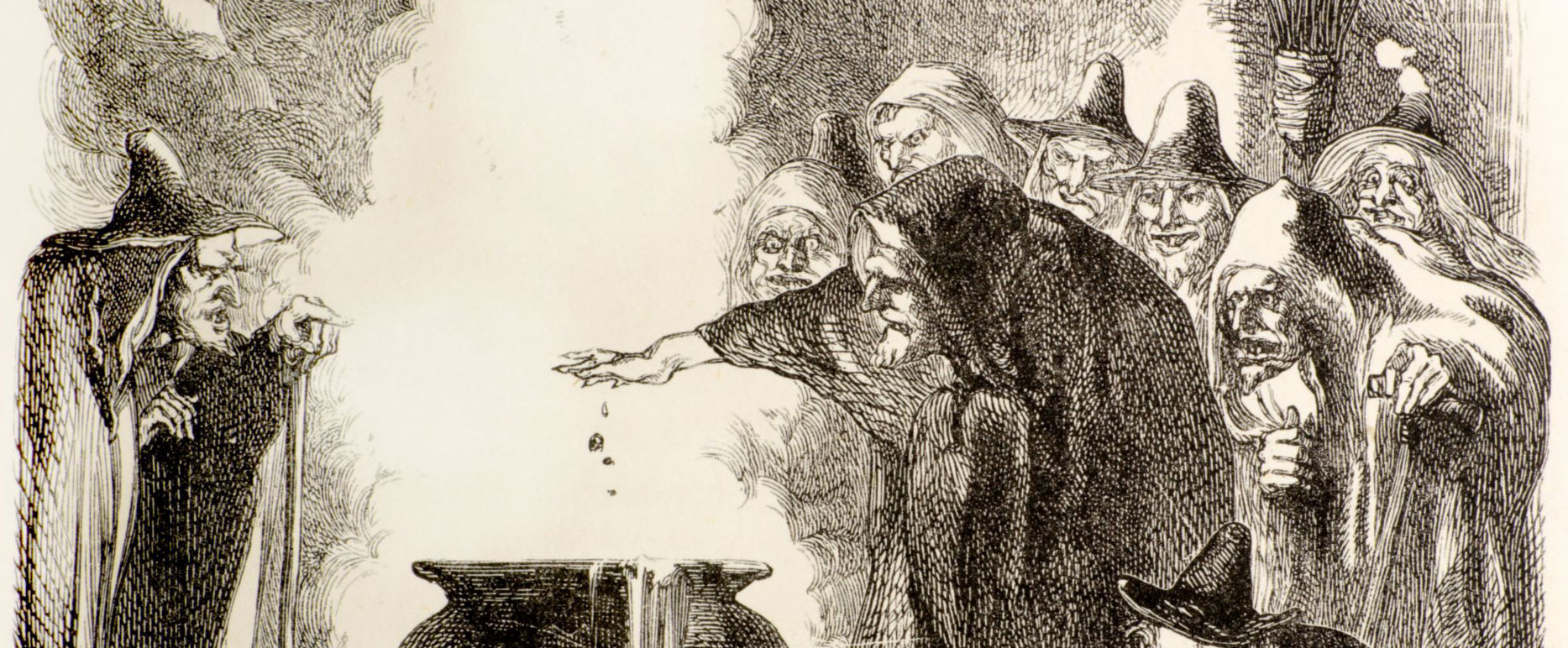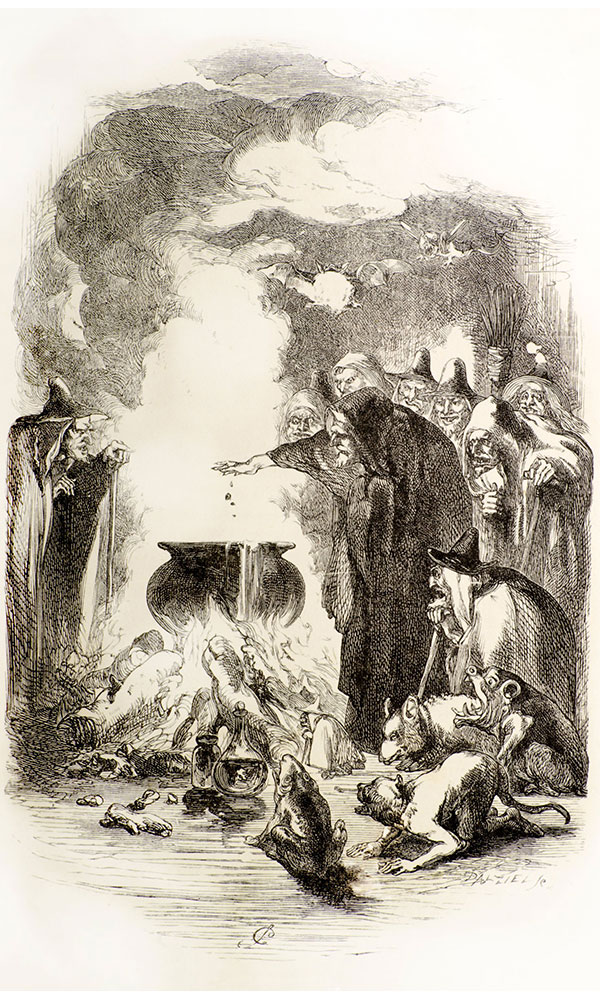KEMPTON, TASMANIA—Mirage News reports that a team of archaeologists and students from the University of Tasmania unearthed a solitary cell at Picton Road Station, where 150 convicts lived while building a 125-mile-long road connecting the towns of Hobart and Launceston between 1839 and 1847. “We have excavated part of an original solitary cell,” said lead archaeologist Eleanor Casella. “These cells are small and expose the harsh conditions in which convicts lived.” Convict road gangs worked six days per week from sunrise to sunset, she explained, and many of them spent the day crushing large stone with small tools. The researchers also uncovered a small room that had not been previously mapped at the site, and pieces of Chinese porcelain. Casella said the porcelain offers insight into trade between Canton, now known as Guangzhou, and colonial Tasmania. To read about the lives of prisoners at Ireland's most notorious nineteenth-century prison, go to "Letter from Ireland: The Sorrows of Spike Island."
Solitary Cell Unearthed at Tasmania Convict Station
News January 31, 2020
Recommended Articles
Digs & Discoveries January/February 2012
Convict Mothers
In the first half of the nineteenth century, 12,000 British female convicts were sent to the prison colony in Van Diemen's Land, now known as Tasmania. Convicts, held in work camps called "factories," were forbidden to have contact with their babies except for breastfeeding. But a recent find at the Ross Female Factory shows that they skirted that rule, and may have actively resisted separation from their children.
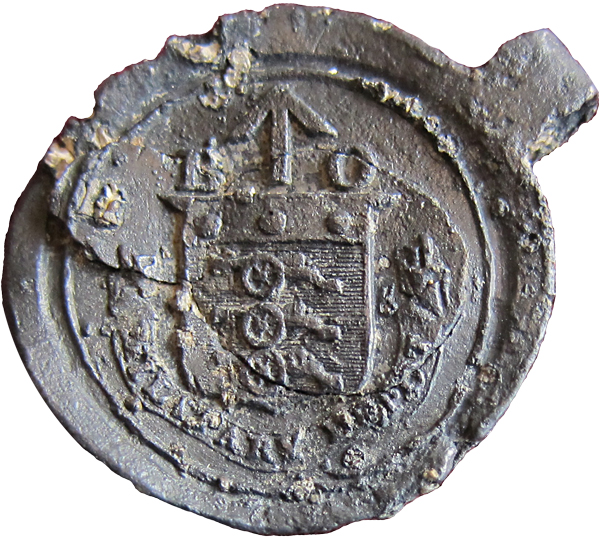
Artifacts July/August 2025
Maya Ceramic Figurine

Off the Grid July/August 2025
Vichama, Peru

Digs & Discoveries July/August 2025
Bound for Heaven

-
Features November/December 2019
Artists of the Dark Zone
Deciphering Cherokee ritual imagery deep in the caves of the American South
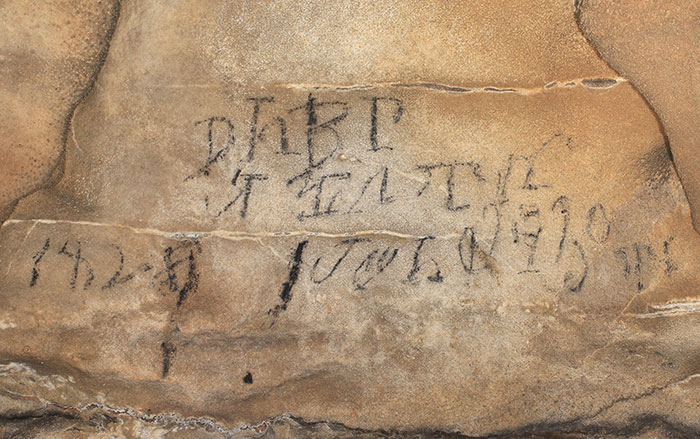 (Alan Cressler)
(Alan Cressler) -
Letter from Jordan November/December 2019
Beyond Petra
After the famous city was deserted, a small village thrived in its shadow
 (Ivan Vdovin/Alamy Stock Photo)
(Ivan Vdovin/Alamy Stock Photo) -
Artifacts November/December 2019
Australopithecus anamensis Cranium
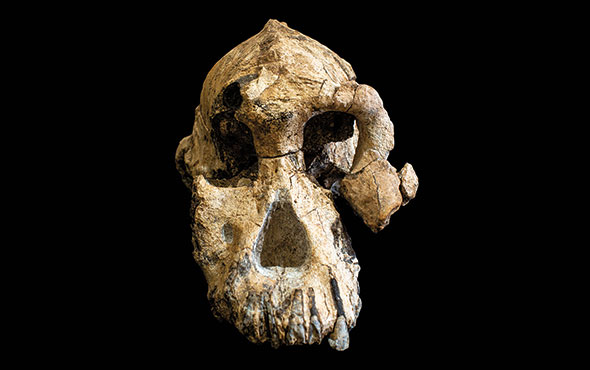 (Dale Omori/Cleveland Museum of Natural History)
(Dale Omori/Cleveland Museum of Natural History) -
Digs & Discoveries November/December 2019
Proof Positive
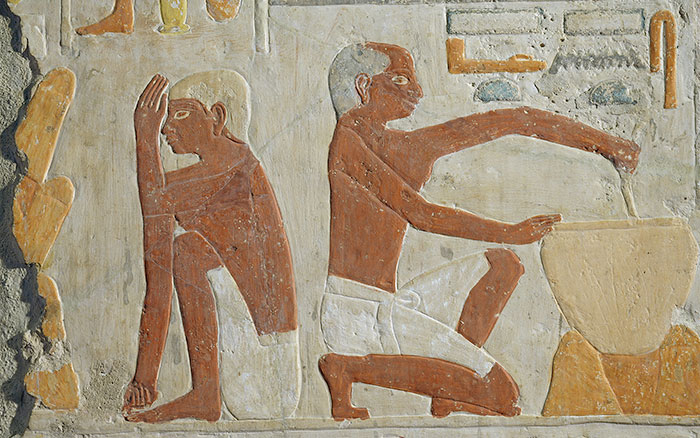 (Erich Lessing/Art Resource)
(Erich Lessing/Art Resource)


